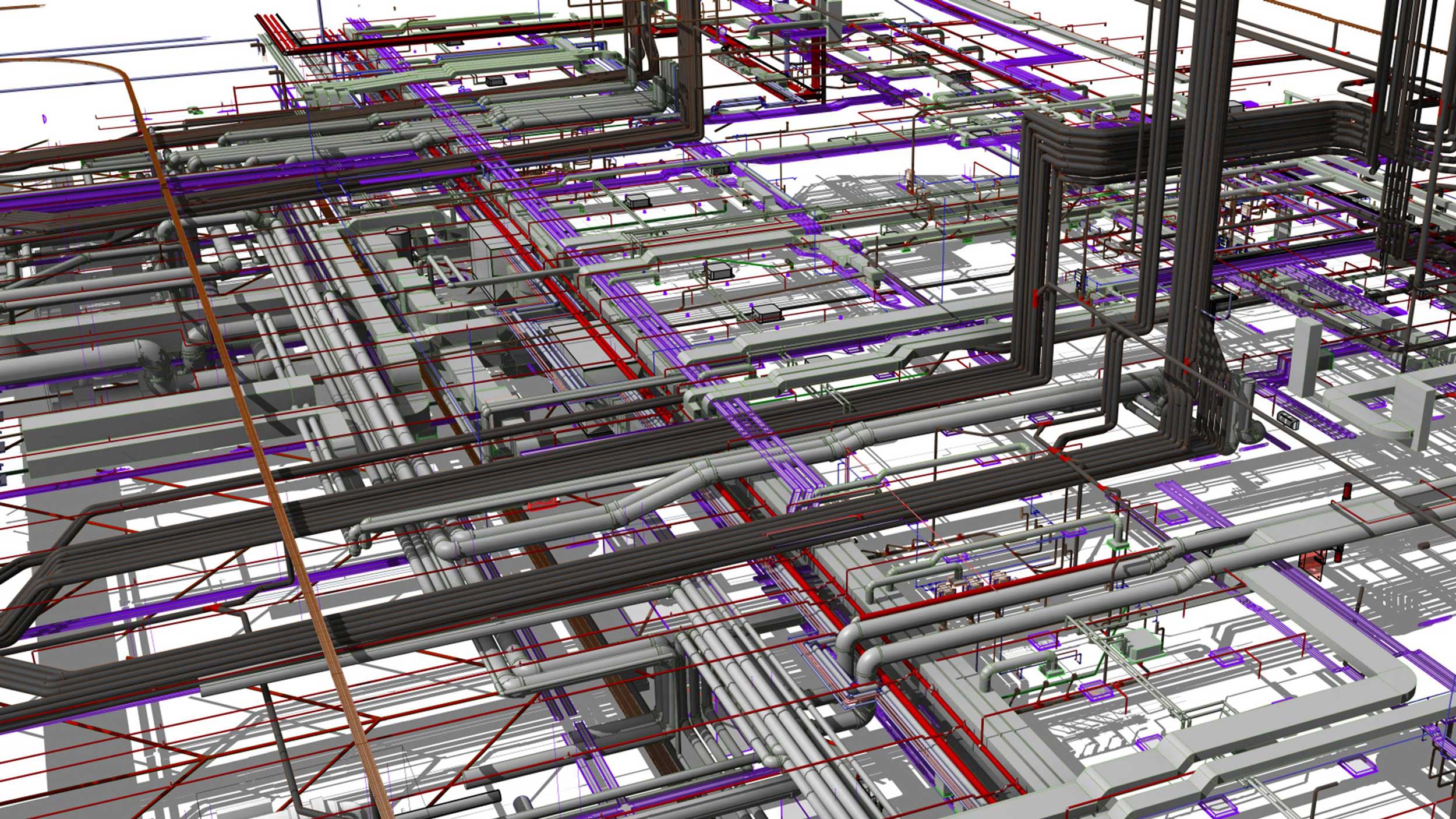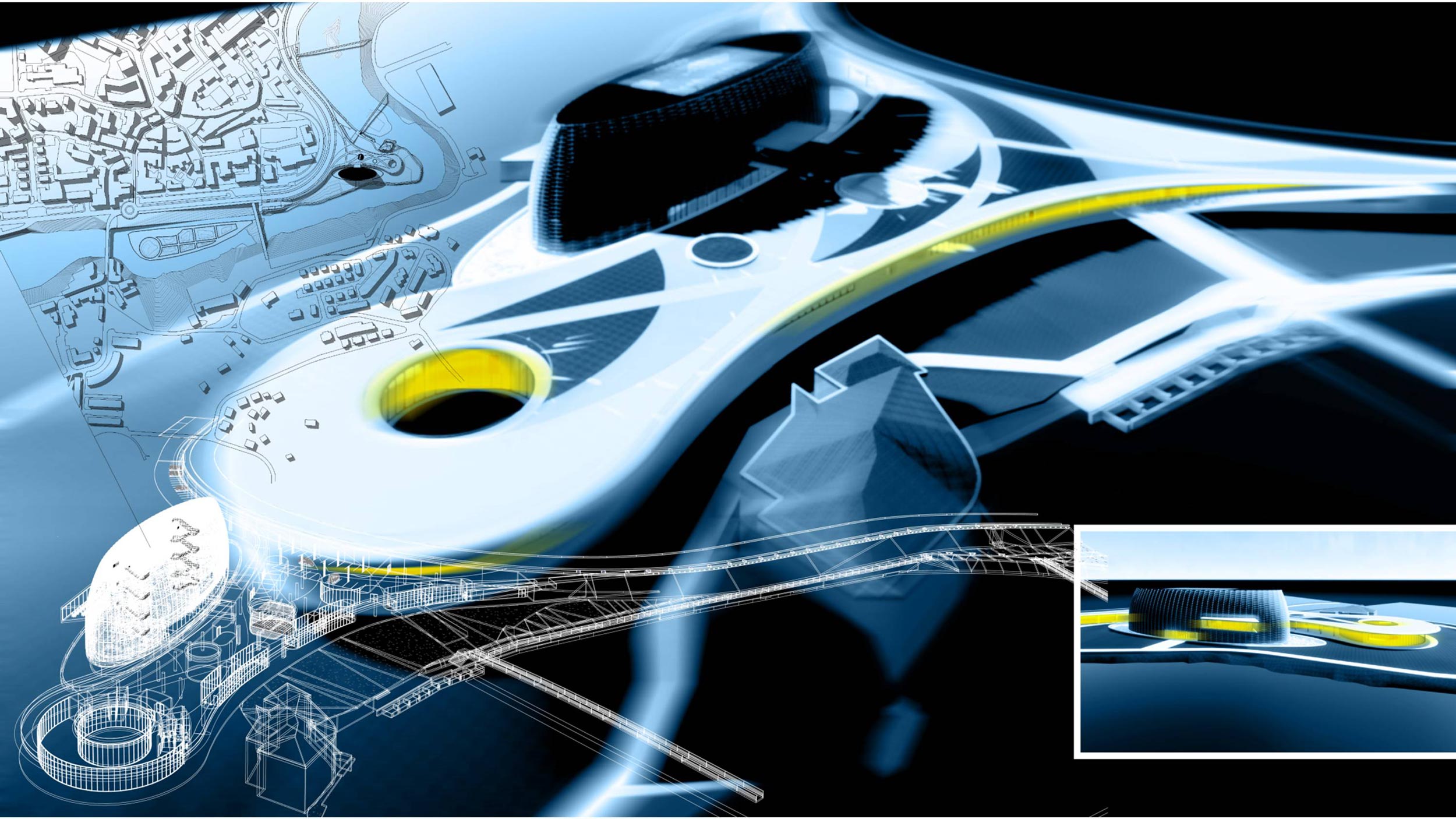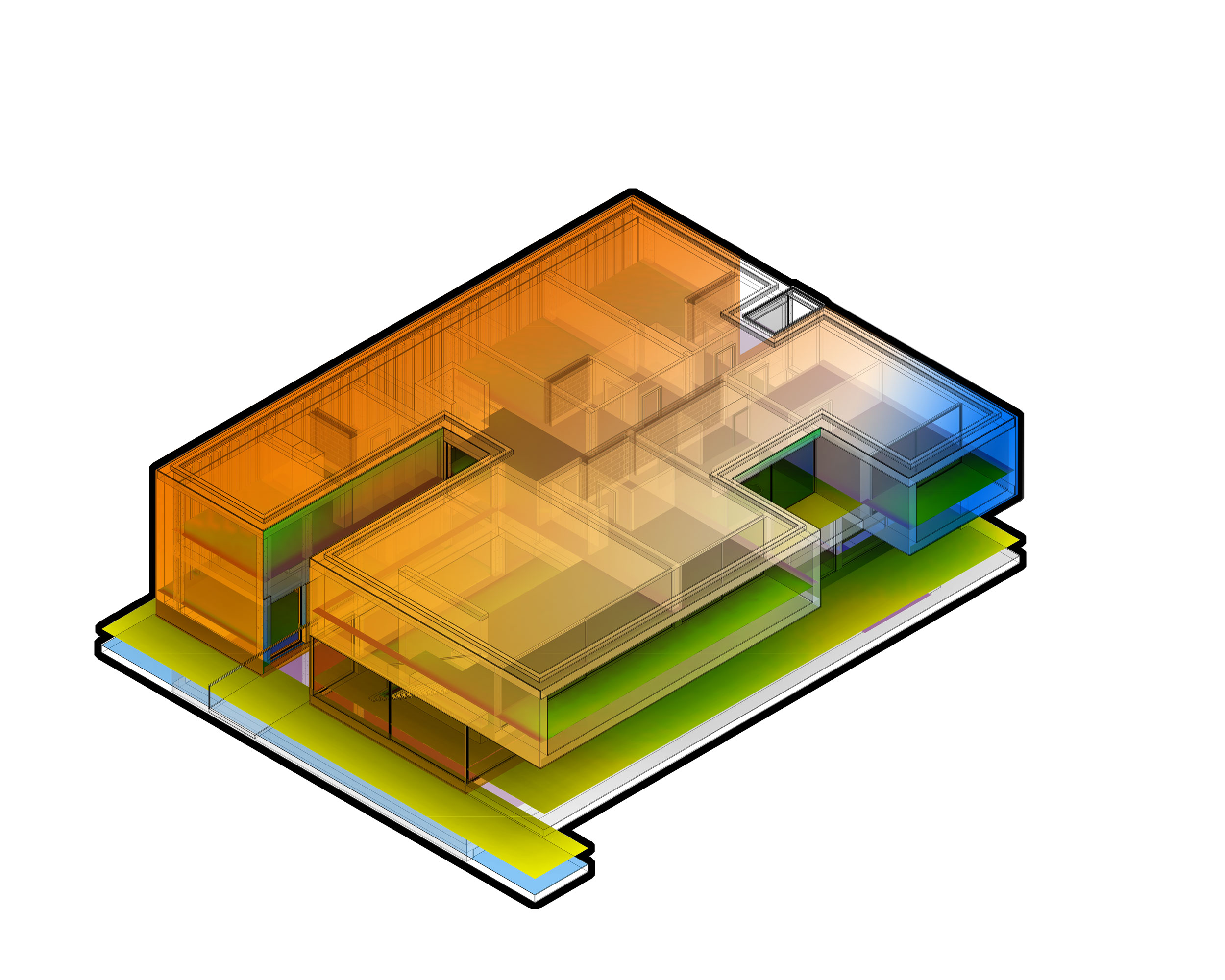— BIM Methodology
Gravida proin loreto of Lorem Ipsum. Proin qual de suis erestopius summ.
Recent Posts
Sorry, no posts matched your criteria.
— BIM Methodology
BUILDING INFORMATION MODELLING (BIM) has assumed particular prominence in today’s architectural, engineering and construction landscape. This methodology, its development and implementation processes have garnered considerable interest worldwide, as it represents a genuine paradigm shift.
In the beginning, it was shaped by the pioneering work of a handful of architecture and engineering firms, who introduced new methodologies to support the design and management of their projects, using digitization and information monitoring to improve and optimize processes. Today, however, we are witnessing the expansion and widespread adoption of BIM by various industry players on a global scale.


The fact that some countries have already made it compulsory to present projects using a BIM model, in addition to the demands of project owners to develop, study, simulate and assess projects using BIM methodologies, has led to a radical transformation of the design, communication and information processes now required in order to produce and deliver an Architectural design, or other plans concerning the construction and subsequent management of a building.
In a way, what we are experiencing is a considerable, almost radical, shift in the focus of the architect’s work. In the past, this centred on the production of a building design, but now, as a result of the new possibilities of digital design, simulation and assessment, it includes management of the latter.
This new perspective, which is also the result of new demands placed on designs and buildings, necessitates a new approach to designing. In this context, there is a need to investigate, research and disseminate the resulting architecture, projects currently in progress, experience gained, and the evolution and implementation of the methodology within different fields of activity.
As an increasingly international methodology, BIM has certain particularities in different countries, and it is important to understand and communicate this knowledge, in order to support the divergent internationalization processes of many Portuguese architecture, engineering and construction firms.



